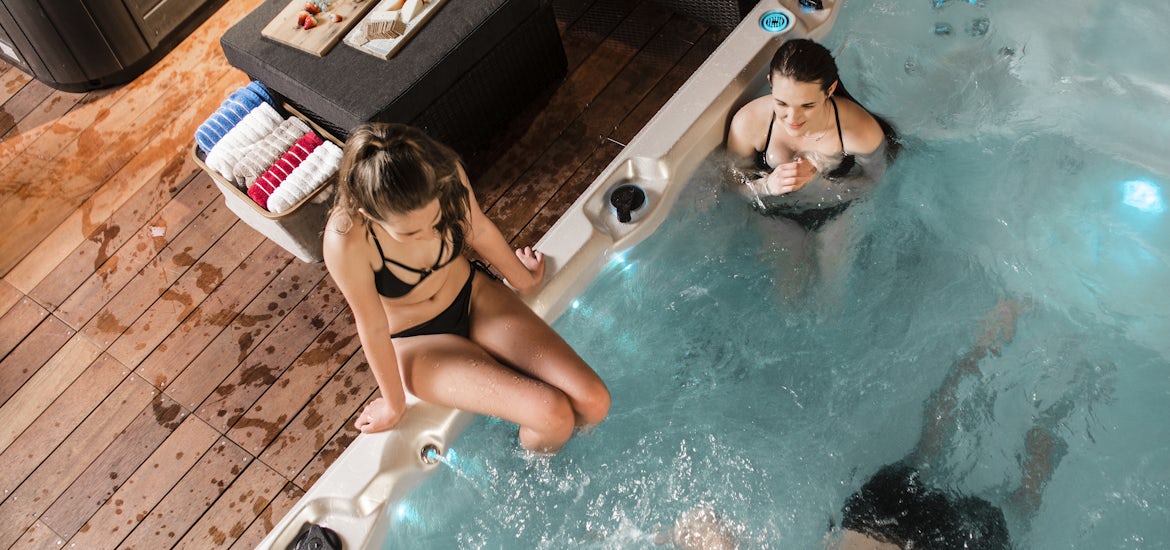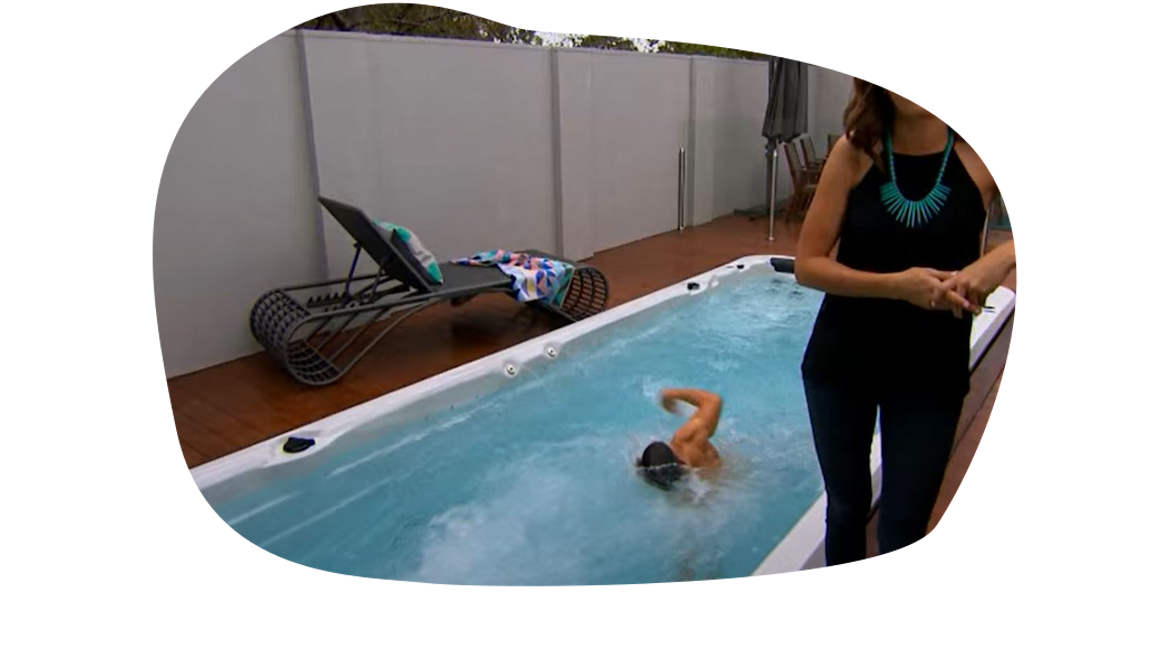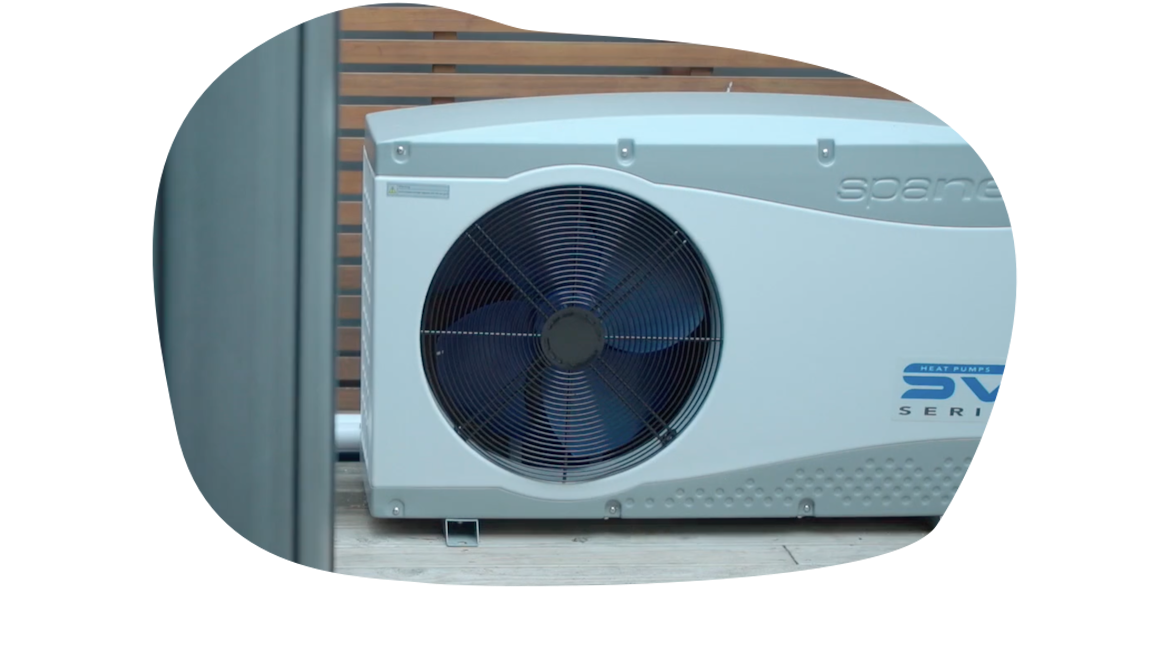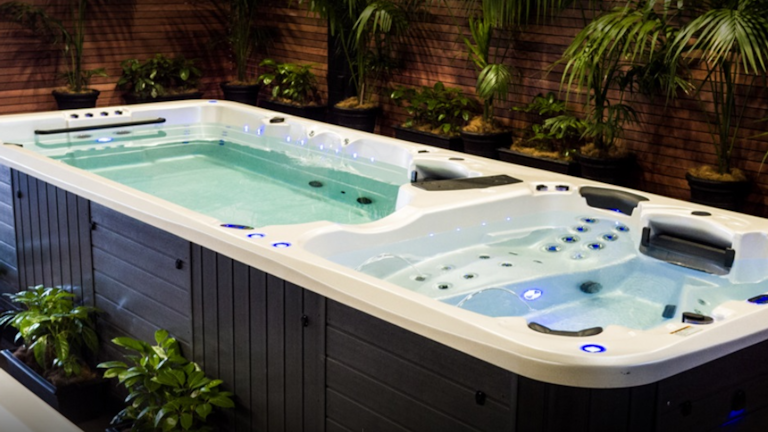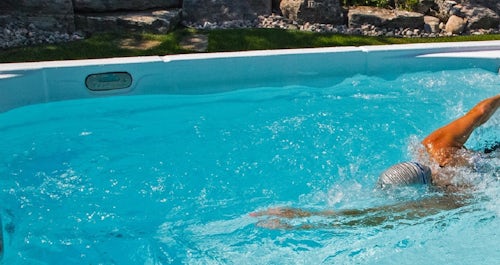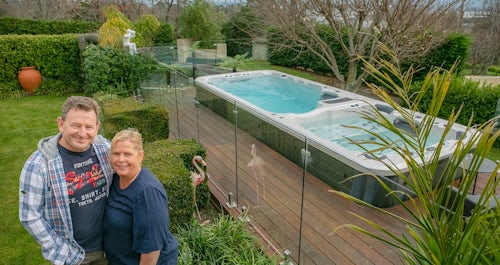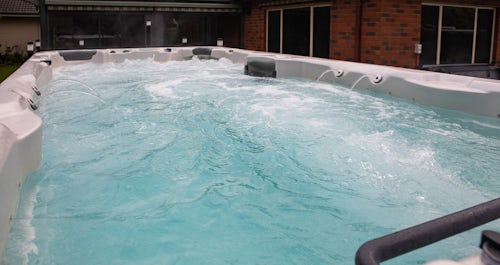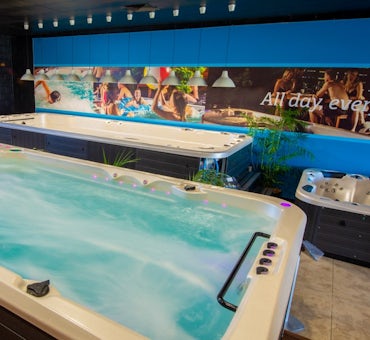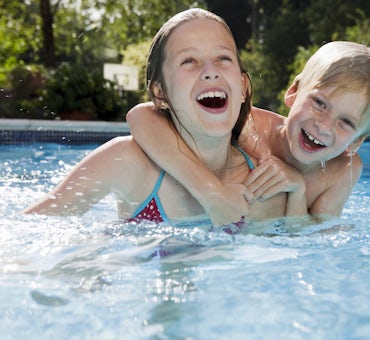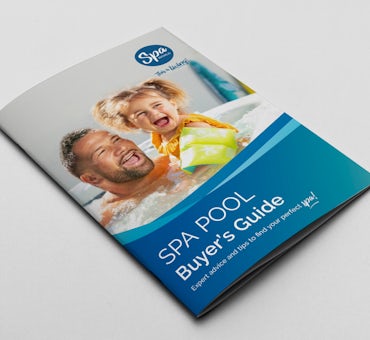Owning a swim spa is a good way to boost your physical and mental health, and have fun!
Before diving in, one of the first things you’ll want to research is the running costs.
In this article, we explain how much you can expect to spend on running your swim spa, tips to help you save money on heating the spa, and how to ensure it will be energy-efficient.
Top points in this article:
